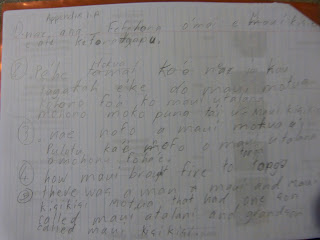Incredible Years Training
“Incredible Teachers: Nurturing Children’s Social, Emotional and Academic Competence” I have been Training for this course for the last few months. The last session was a bit heartening, sitting there and listening to every teacher sharing the same challenges that we are facing in the classroom. At the same time it does confirm some of the strategies that we are using to manage those challenging children. It doesn’t matter whether you are teaching at a Decile 10 or Decile 1 school, there is always a group of students who will challenge us across the board.
Incredible Years Teachers is such a great programme which gives teachers a “variety of creative classroom management strategies to meet children’s development milestone” (Carolyn Webster -Stratton, 2012) Even though there are only one or two children with challenging behaviour in a classroom but sometimes at the end of the day, it feels like you have dealt with the whole class. They always take a lot of our time, and it is the good students who are missing out because they always get on with their work quietly.
With these training sessions I have noticed that I have utilized some of the strategies in my classroom and I have developed more classroom management strategies which helped deterring negative behaviour in the classroom. I have learnt to ignore the undesirable behaviour and focus on the positive behaviours, constantly identifying positive behaviour to eliminate negative behaviour without mentioning it.
The other strategy is to build positive relationship with the students as soon as a child sets foot in your classroom. You must always be firm but fair. I have to agree with Rita Pierson that “ Every kid needs a champion.” At the IYT course, we were shown a diagram of a triangle. At the bottom of the triangle its all about building relationships. This is the part where the teacher needs to find out more about the student and getting to know them will build up their relationship with that child. Students who have developed a good relation will look at their teacher as their hero, their champion, and they will do anything to please you just because you listen and talk to them.
Praising is the third strategy that I have learnt. It raises their confidence and gives them raising them the boost that they need for the day. AND…
have you notice one thing about our challenging students...
they will never miss a day of school.







